
I sometimes worry when I notice that the articles in which I confess some of my gardening mistakes are more popular than the ones in which I explain how to do things right.
At first, when my article about mistakes I made when I planted perennials got a lot of love from our community, I was wondering if it was a sense of schadenfreude that made people click. Were they all just happy to rejoice in my poor choices?
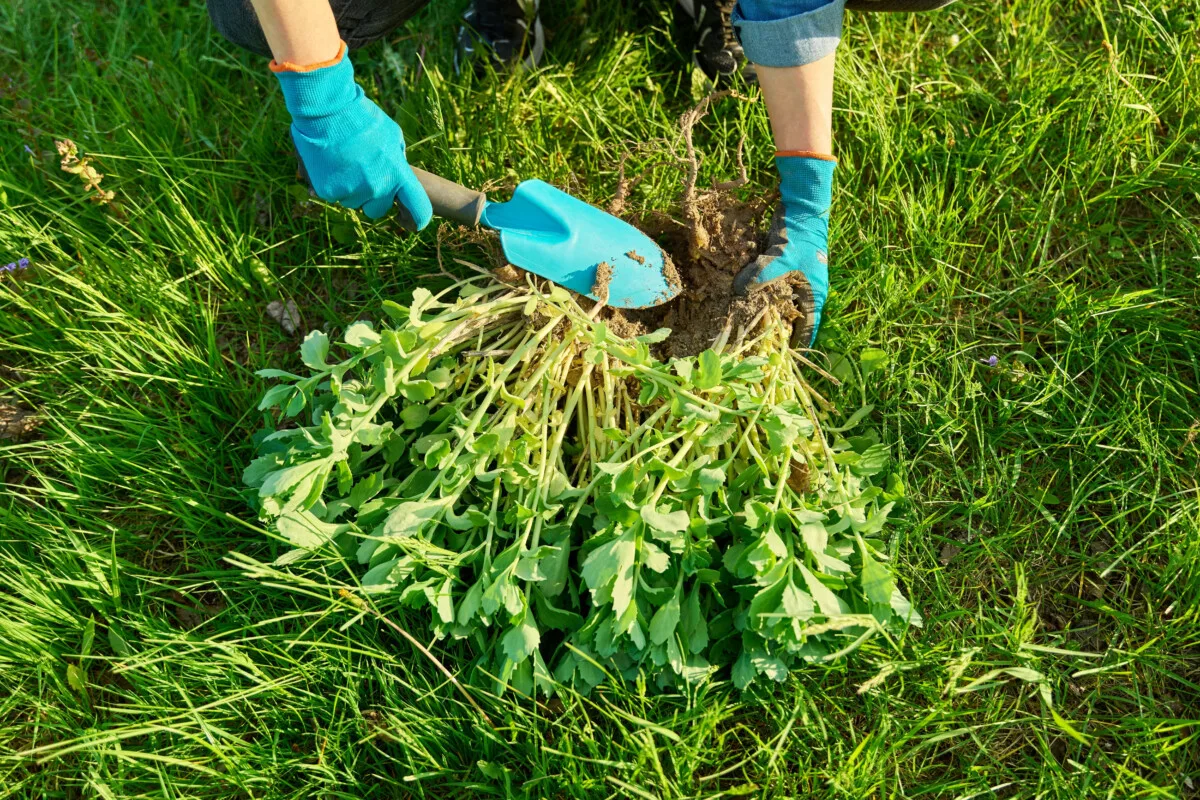
Based on the comments in our Facebook community, I’ve decided it’s not that at all. All gardeners make mistakes, but only a few gardeners will talk about them and what they should have done differently. I myself prefer to follow garden writers who talk about not only their successes, but also about what went wrong in the garden.
In the interest of not showing up as a know-it-all myself, let me tell you about some mistakes I made (and almost made or saw others make) when I divided perennials.
Mistake #1: You’re counting on division to resurrect a dying or diseased plant.
If you’ve ever convinced yourself that dividing a sick plant will magically cure it, let me assure you that you’re not alone in this magical thinking. Again, I’ve been there and got the T-shirt to prove it.
It’s true that a lot of perennials start looking a bit worse for wear when they’re overcrowded. The signs that you need to start thinking about dividing your plants include:
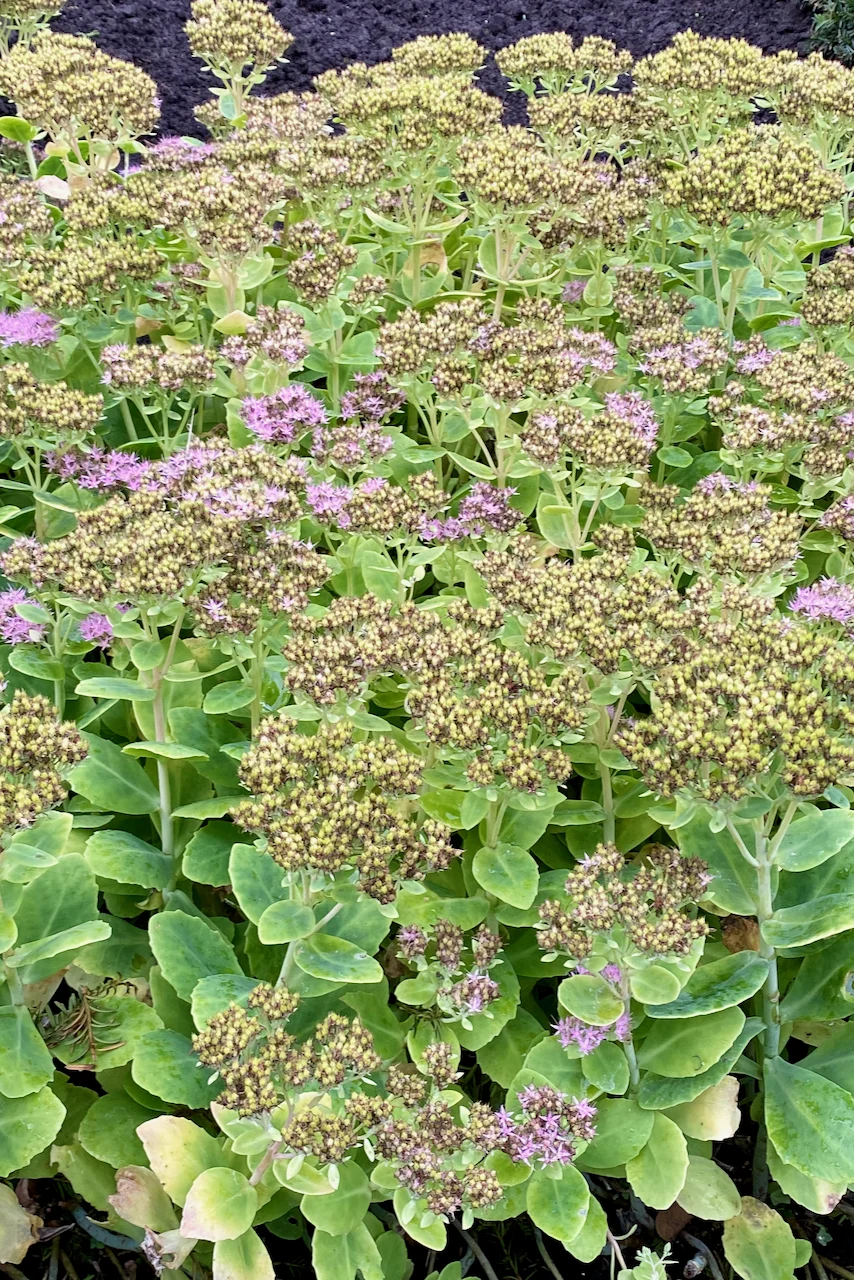
- The plant produces fewer and smaller flowers than usual;
- The plant looks overcrowded;
- The new leaves are increasingly smaller and don’t look as healthy as they used to in previous years;
- The plant slows down or stops growing altogether;
- The perennial splits in the middle of the foliage clump and splays open;
- Your perennial generally looks tired and past its prime.
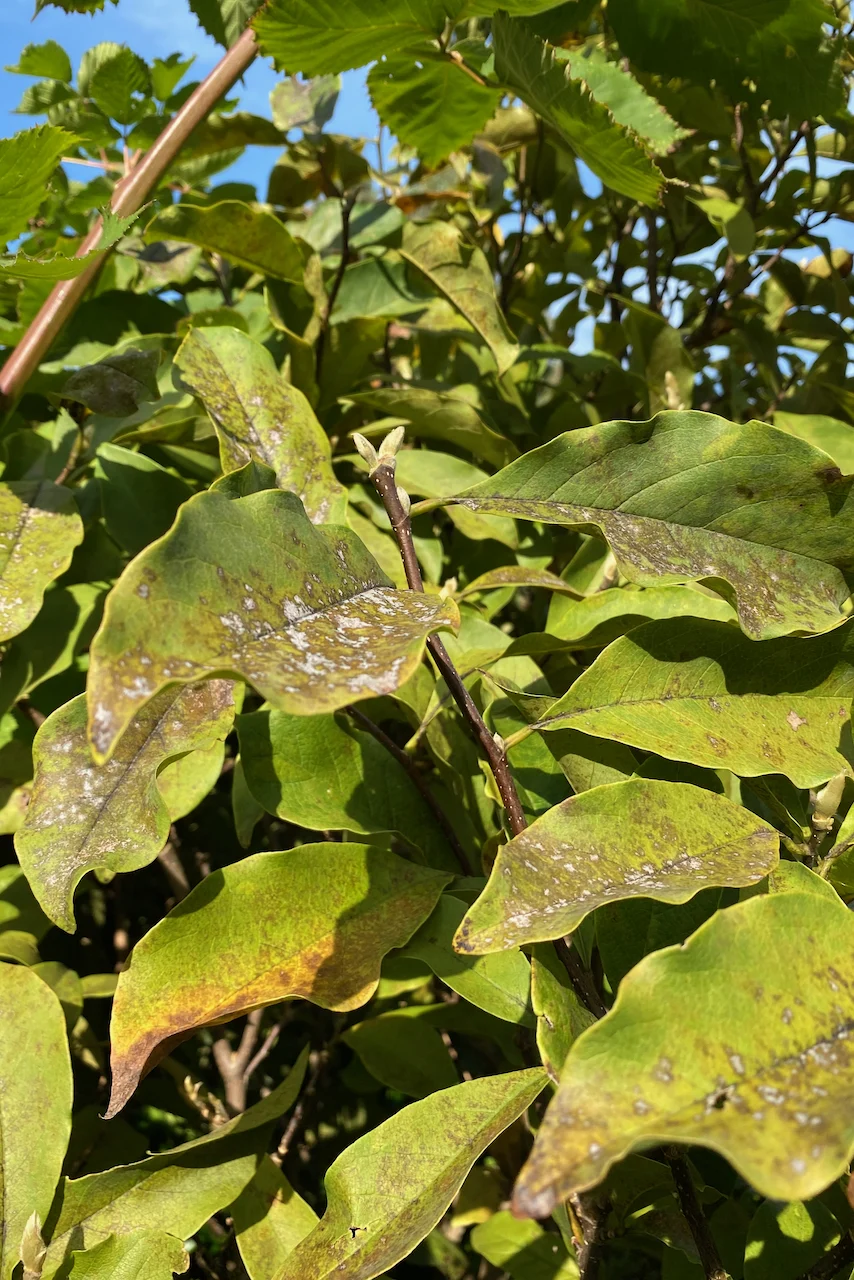
Most perennials don’t need to be divided every year. In fact, three to five years between divisions should be enough for most of them. But while division will help deal with the problems I listed above, it’s not a cure-all for a sick plant. And what are some of the symptoms of a sick plant? Precisely the ones I listed above.
So while dividing a plant that’s sick or weak may seem like a good idea, it won’t always solve the problem or bring that plant back to life. Don’t divide diseased perennials (too weak to pull through) or plants that show no signs of life whatsoever (too dead to pull through).
Mistake #2: You haven’t decided on a new location before you start dividing plants.
If you’ve ever found yourself standing in the garden holding a clump of daylilies and lamenting to yourself, “I did not think this through!” then you know exactly what I’m talking about.
Dividing mature, established plants is a propagation technique with a very high chance of success. It’s simple, but it’s not easy. That’s partly because it requires a bit more physical effort compared to other propagation techniques, especially if you’re digging out a large plant with solidified roots. And partly because of all the logistical issues you need to take into consideration. The biggest of which being “where do I put all these new plants?”
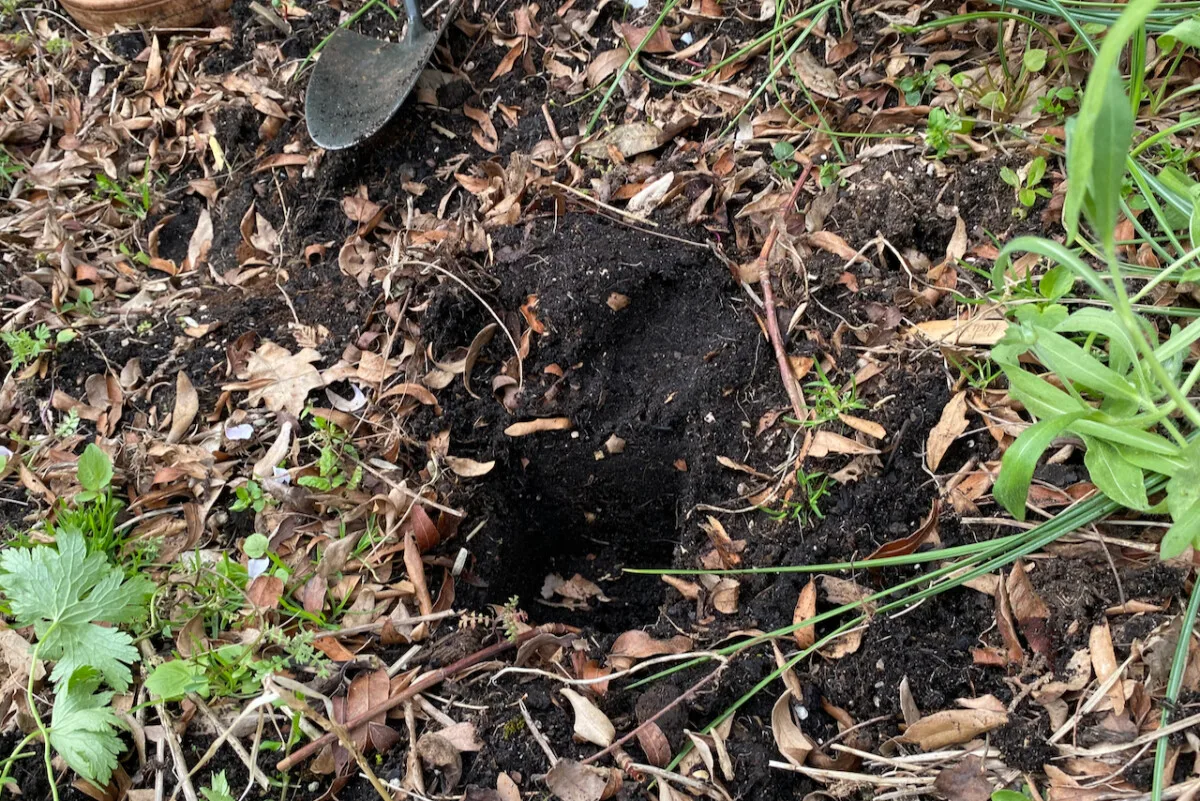
So before you even start digging out that overcrowded plant, you need to have a plan in place for replanting its offspring. Replanting needs to happen as soon as you’ve divided the plant, if not straight in the ground then at least in a pot.
That’s why my first step is to dig out a planting hole in the new location even before I’ve dug out the mother-plant. This makes for an easy transition for the plant and for myself, when I have my hands full, quite literally. And while we’re at it, remember to always bury the new divisions at the same depth as before.
Mistake #3: You’re damaging the roots too much when you’re digging out the plant.
This is another mistake that I’m guilty of. After a battle with a clump of lady’s mantle (Alchemilla mollis) that was lodged in very clay-heavy soil, I took my frustration out by repeatedly jamming the shovel into the root ball to pry it out. In the process, I frayed the roots a bit too much.
As a result, both I and the plant had to suffer the consequences of my impatience. The plant took about a year to recover and start blooming again. I, on the other hand, was riddled with gardener’s guilt every time I looked at it throughout that year.
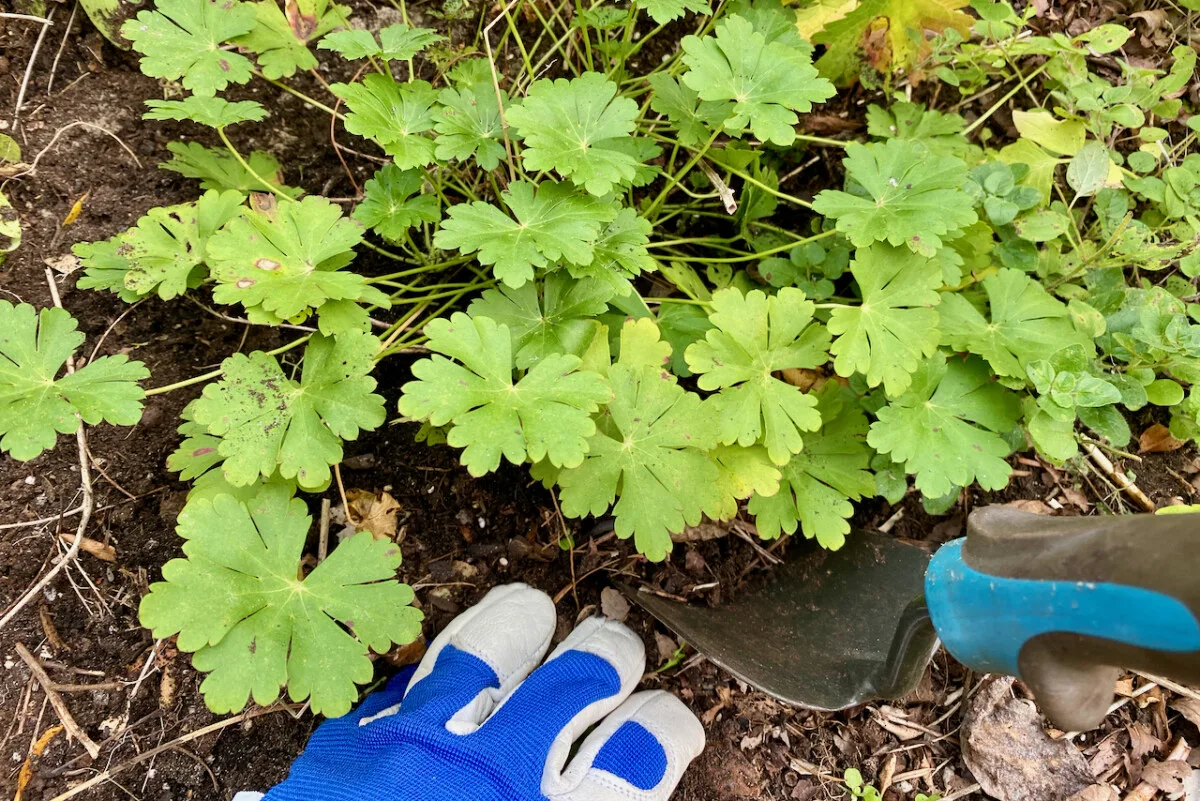
Since then, I have settled on the best way to divide plants that doesn’t take a toll on the root ball, especially if we’re talking about an extended fibrous root system.
- I work around the drip line of the plant – that imaginary circle right below the outer edge of the foliage where rainwater is more likely to drip.
- Using a hand spade or a spade (for larger plants), I dig a trench below this drip line all around the plant. There’s no lifting at this point, just sinking the spade down into the ground, lifting it, and then sinking it back again right next to my previous sink.
- I do a couple of trenching circles around the plant, and only after that I use the spade as a lever to lift the root ball.
If the soil is hard, you can water it before you start digging. But if the soil is tough to break and clay-heavy, watering won’t be enough to dislodge the roots. You still need to loosen it around the drip line as much as possible.
Mistake #4: You’re separating your perennials into too many or too few divisions.
There’s no correct number of divisions to take from a plant. It all depends on the size of the plant you’re starting with and, to a certain degree, the root structure you’re working with.
Some perennials, such as bearded irises, can handle being divided into quite a lot of new plants, due to their rhizomatous root structure. Others, such as hostas, look better if you leave them in a larger clump.
If you separate your plant into too many divisions, chances are that the smaller root structure of the new plantlets will need longer to bounce back. So your new perennials might not bloom for a year or two before they get established again. This happened to one of the baby plants of the black-eyed Susan I divided last year.
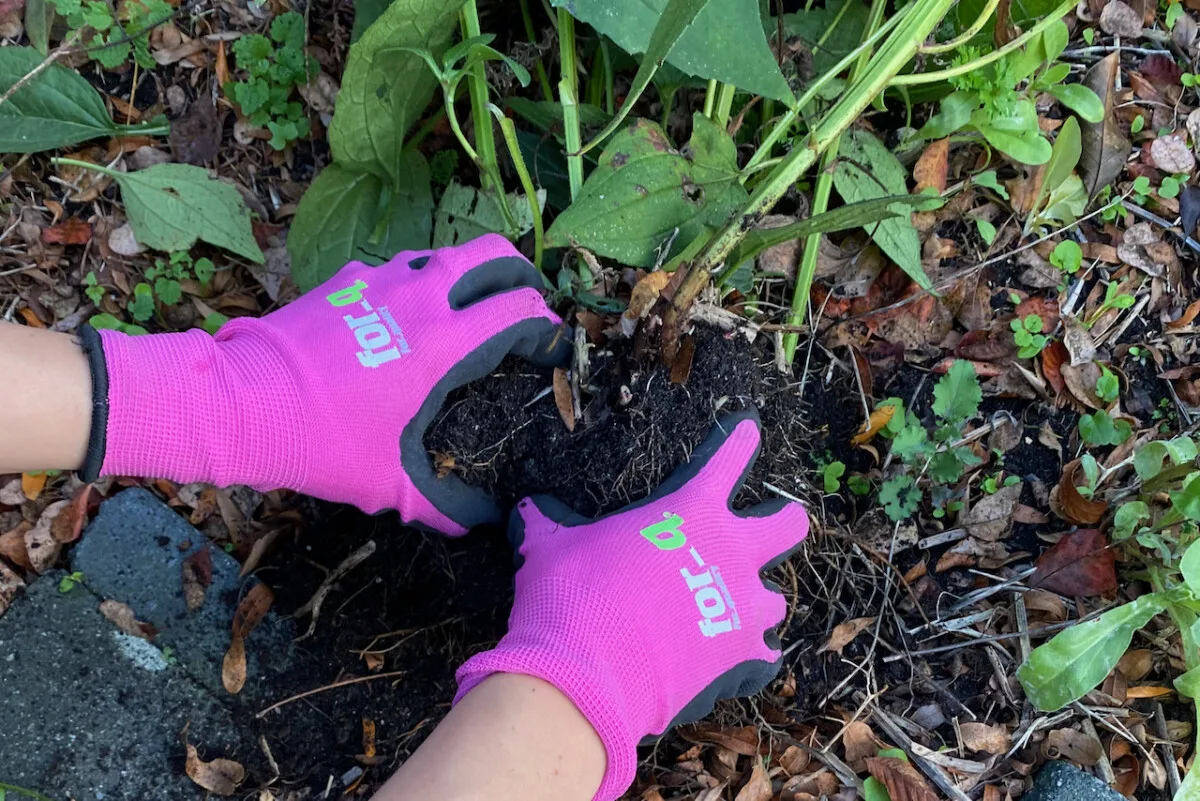
That’s fine if you’re accounting for this delay, as long as you remember that more plants = fewer flowers in the short term.
On the other hand, if you have a larger plant, you may run the risk of not separating it into enough divisions. Again, no harm done, but if you don’t divide it enough, you’re setting yourself up for more division work in the next couple of years.
Mistake #5: You’re not keeping the divisions watered.
In my opinion, you should treat newly divided perennials the same way you do bare root additions to your garden.
First of all, when you take the roots out of the ground, you have to keep them moist and cool until you stick them back in the ground. Keep them out of direct sun and, more importantly, place them in a bucket of water or wrap them in a wet rag or an empty compost bag if you can’t replant them right away.
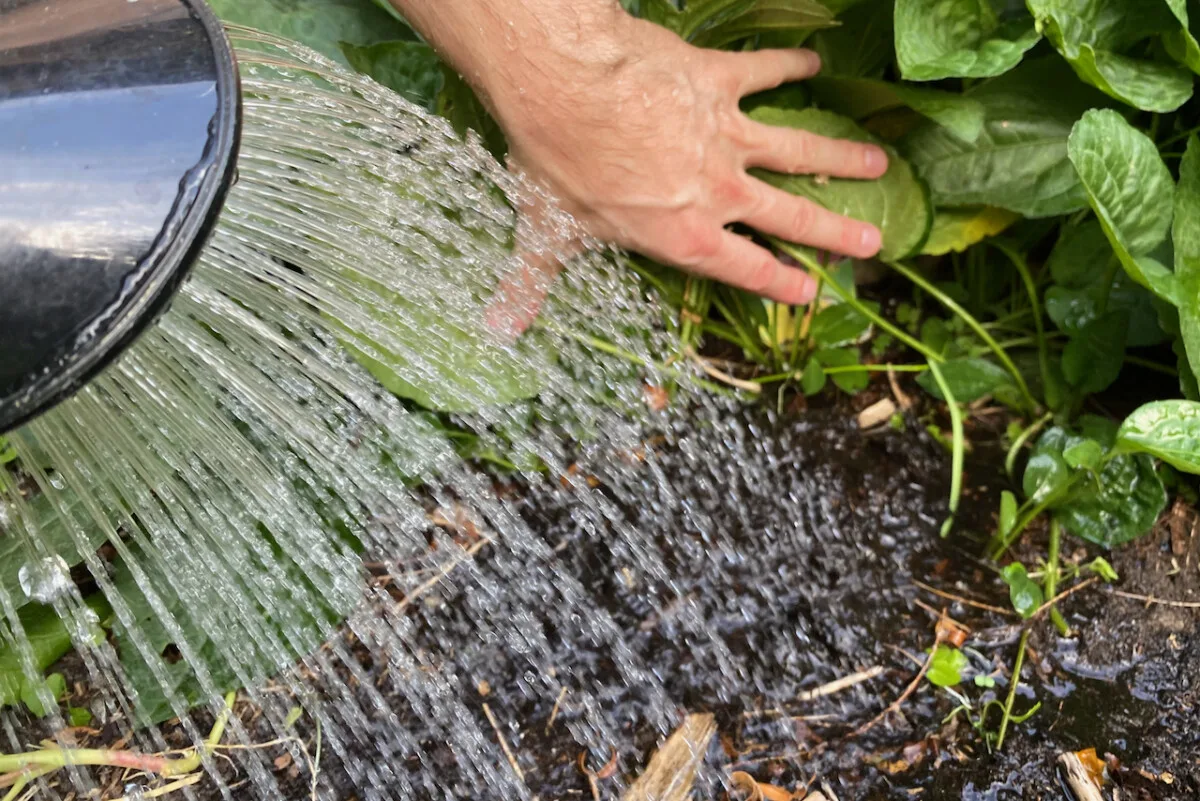
Once the new divisions are in the ground, you absolutely must keep up with watering them. Because the root structure is damaged, the plant needs plenty of moisture to jumpstart its root growth again. So if you’re not getting any rain, you may need to water the baby plantlets every couple of days.
It’s also important that you’re consistent with your watering routine. Letting the new divisions get too dry before you water them again will stress them too much. Keeping the soil consistently moist, but not soggy, will result in healthier perennials that are quicker to get established.
Mistake #6: You’re fertilizing the new plants.
This mistake would be very easy to make if you start panicking about the new transplants not growing fast enough or not flowering quickly enough. Sometimes, divided plants won’t bloom in their first year in their new home. And depending on your timing, that may mean a full two years without any flowers. That’s perfectly normal because the plant is redirecting all its energy to growing healthy roots.
In fact, some gardeners intentionally cut off any flower stalks before they bloom, exactly for this reason. (I don’t. I think the plant knows best what to do.)
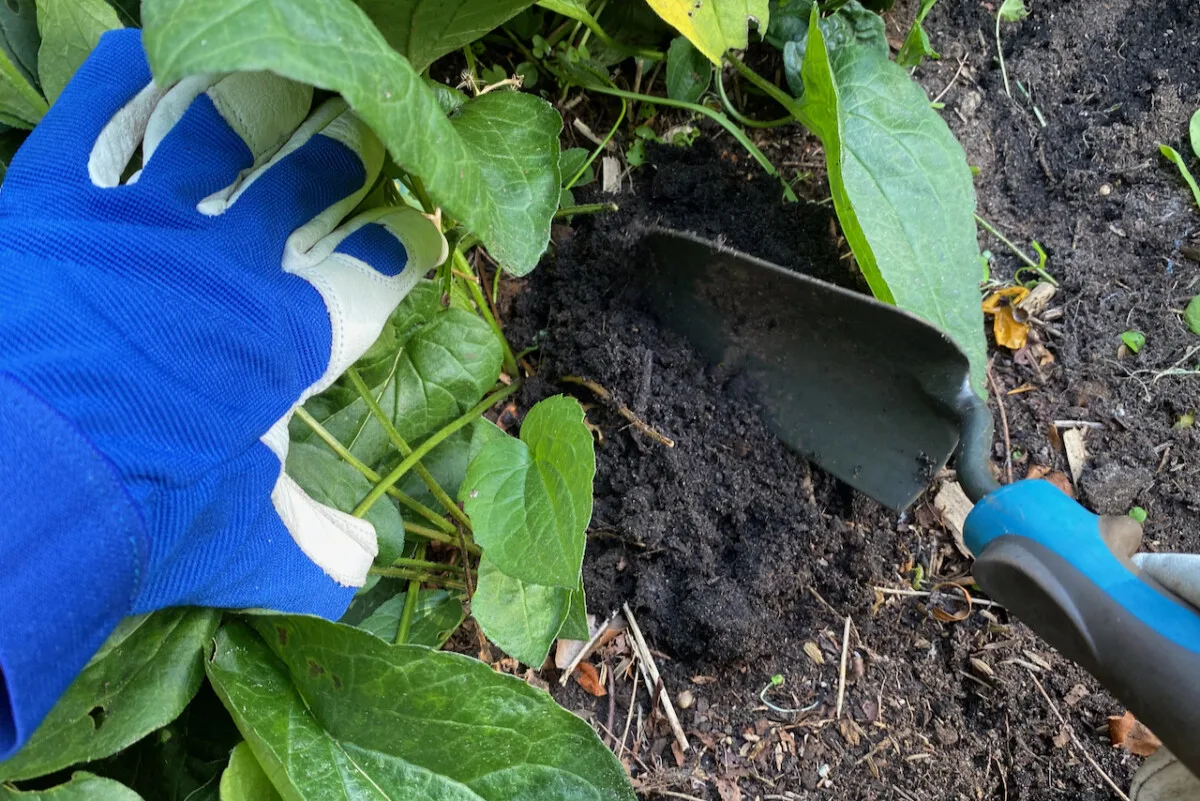
Just as you wouldn’t give a human baby energy drinks to grow faster, you shouldn’t fertilize new divisions. Synthetic plant feed is too strong for new plant babies.
Similarly, you should allow the mother-plant to bounce back on its own. But why, since the mother-plant already has stronger roots? Because synthetic fertilizer jumpstarts new foliar growth just when you want the plant to redirect its energy towards re-establishing a strong root structure.
Why do I keep saying synthetic fertilizer? Because you should feed your new divisions, but do so by adding compost to the planting hole (and if possible wider around the planting site). The nutrient-rich compost will be absorbed slowly, at the pace that the plant needs. It also helps improve aeration and drainage around the roots of the new plants.
Mistake #7: You’re dividing plants that you shouldn’t divide.
If you’ve been digging out a perennial only to pull it out and realize that it has a tap root, do yourself a favor and put everything back in the ground as it was.
There are two types of root structures that you shouldn’t attempt to divide.
Plants that have tap roots can’t be divided because the plant literally has just one root going down into the ground. Unless you see a pup (a baby plant) already growing next to the mother plant, you shouldn’t bother trying to divide these plants. Popular garden ornamentals that have a tap root structure are sea holly (Eryngium), false indigo (Baptisia), valerian, euphorbia and hollyhocks.
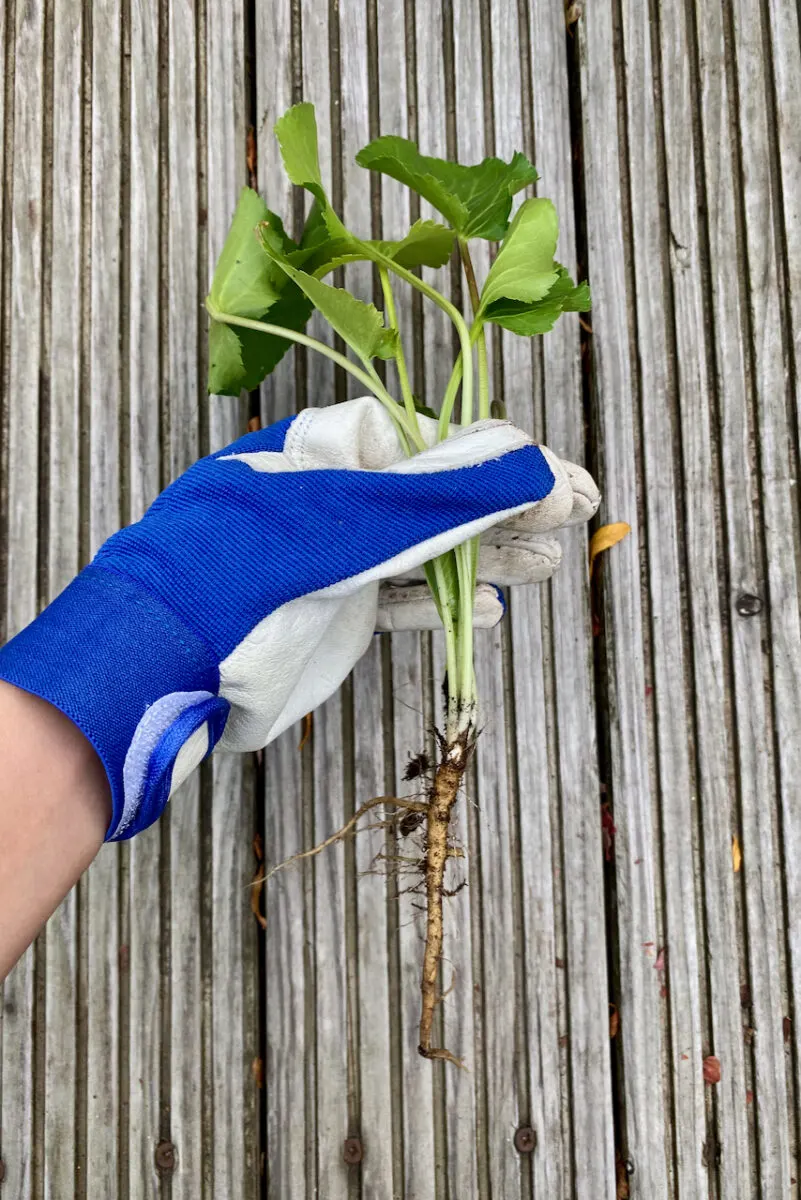
Plants that have one woody root structure are not as impossible to divide, but you’re better off finding another way of propagating them. This includes perennials such as peonies, bleeding hearts (Dicentra), astilbe, lupines and lavender cotton (Santolina).

